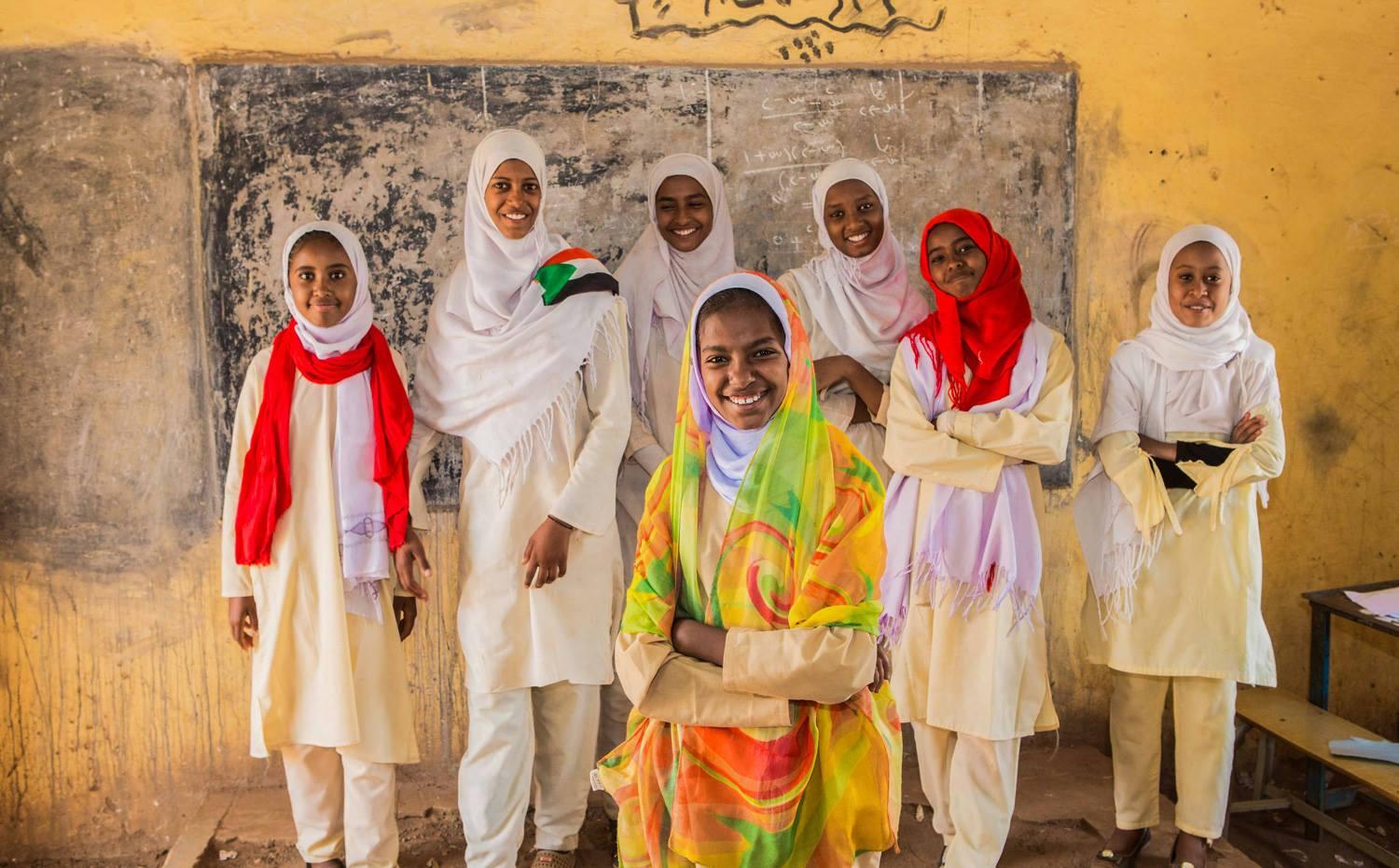The Saleema Initiative in Sudan to Abandon Female Genital Mutilation: Outcomes and Dose Response Effects

The George Washington University (Evans); United Nations Children's Fund, or UNICEF (Donahue); University of Washington (Snider); Ahfad University for Women (Bedri, Elhussein); Independent Research (Elamin)
"This study demonstrated that Saleema's social marketing strategy is effective in reducing pro-FGM social norms. The acceptability of FGM may be reduced, and the practice eventually eliminated, by focusing on normative belief change."
Launched in 2008, the Saleema initiative in Sudan is an effort to promote long-term abandonment of female genital mutilation and cutting (FGM) by changing social norms, attitudes, and intentions related to the practice. This paper reports on quantitative evaluation findings based on data gathered from 2015-2017 and focuses on the dose-response relationship between Saleema exposure and changes in FGM social norms. In addition, the evaluation examined the role of the Saleema social marketing and branding strategies in promoting those social norm changes.
Saleema is based on the belief that FGM continues to persist one generation to the next because it is based on social normative beliefs. When a social norm such as FGM is in place, families and individuals engage in the practice because they believe that it is expected of them (injunctive norms, beliefs about what should be) and is prevalent (descriptive norms, beliefs about what most people in the community actually do).
With its grounding in a theoretical model of social norms, Saleema sees the potential to change harmful norms through creating an alternative narrative and identity for abandonment of the practice. The concept is that pro-FGM social norms may be changed through social dialogue and providing role models showing that uncut girls are socially acceptable. The norm to be changed is that a girl remaining uncut is associated with the word Saleema, which connotes remaining whole and as God given. The hope is that the new norm will become widely accepted within the national culture and represent the growth and progress of Sudanese society.
Saleema was implemented through 4 main activities across Sudan: (i) Sufara Saleema Campaign, (ii) Saleema Colors Campaign, (iii) community dialogue, and (iv) Born Saleema Project. These activities involved: public pledges to abandon FGM and support the Saleema initiative; wearing Saleema colours as a sign of support; public dialogue on the existence of FGM, its role in society, and the need for abandonment; and pledges not to cut newborn daughters immediately after birth. Each component of the campaign was conducted in a public setting, including large gatherings (e.g., community dialogue), which reached local populations in an effort to change cultural acceptance of uncut girls as a social norm. These activities collectively aimed to increase public commitment, dialogue, and self and collective efficacy to abandon FGM.
In 2014, the lead author, in collaboration with the United Nations Children's Fund (UNICEF), the National Council for Child Welfare (NCCW), and local organisations, developed a Saleema Evaluation and Monitoring System (SEAMS). A quasi-experimental design controlled for dosage of campaign messages delivered across the 18 states in Sudan to measure a dose-response effect. The researchers operationalised social norms through a 4-item scale validated in previous research.
"Exposure to the initiative is associated with reduced pro-FGM social norms and other hypothesized outcomes." Detailed results are provided in the paper:
- Table 1 summarises overall agreement with the social norms items, which represent the main outcome of interest for Saleema. The overall observed trend is a gradual reduction in pro-FGM social norms.
- Table 2 summarises results of social norms confirmatory factor analysis (CFA).
- Table 3 summarises multivariate regressions estimating the odds of improved (reduced) anti-FGM social norms based on self-reported exposure to Saleema campaign activity. The independent variable was recall of any campaign advertising or event activity in the respondent's community. Self-reported exposure was positively associated with an improvement in each individual social norm measure and with the overall FGM social norms factor.
- Table 4 shows results from the log transformed per capita event exposure (independent variable) and its relationship with social norms and other Saleema outcomes of interest. For example, there were changes over time in these key outcomes:
- Most people in your community practice cutting (more than 25% less likely to agree with this statement, p < .001)
- Most of my friends practice cutting (more than 35% less likely to agree with this statement, p < .001)
- It is appropriate for families in my community to practice cutting (no effect, which is in positive direction but p > .05)
- Sudanese society in general considers it appropriate to practice cutting (more than 34% less likely to agree with this statement, p < .001)
In addition, higher doses of Saleema, measured through an exogenous measure of campaign event exposure from an independent monitoring system, was associated with reduced pro-FGM social norms.
Furthermore, the Saleema programme brand and identity "were widely recognized, as reflected in the self-reported recall data and increases in event attendance. Saleema represents as a source of strength, social support for ending FGM, and progress for Sudanese society. Identification with the brand was the primary program strategy to reduce pro-FGM social norms."
Areas for future research outlined include:
- Examine the potential mediating effect of Saleema brand identification on pro-FGM social norms.
- Study how Saleema promotes social dialogue, and what can be done to amplify the conversation and bring in new voices (e.g., through other channels, such as digital media, to enhance community-based programmes to abandon FGM).
- Explore the application of SEAMS to the monitoring of other social marketing campaigns in low- and middle-income country (LMIC) settings.
In conclusion: "This study suggests future FGM elimination programs in other LMIC may also benefit from adopting a social norms approach based on branding for behavior change."
PLoS ONE. 2019; 14(3): e0213380. doi: 10.1371/journal.pone.0213380; and UNICEF Sudan website, November 7 2019. Image credit: © UNICEF Sudan/Omer
- Log in to post comments
